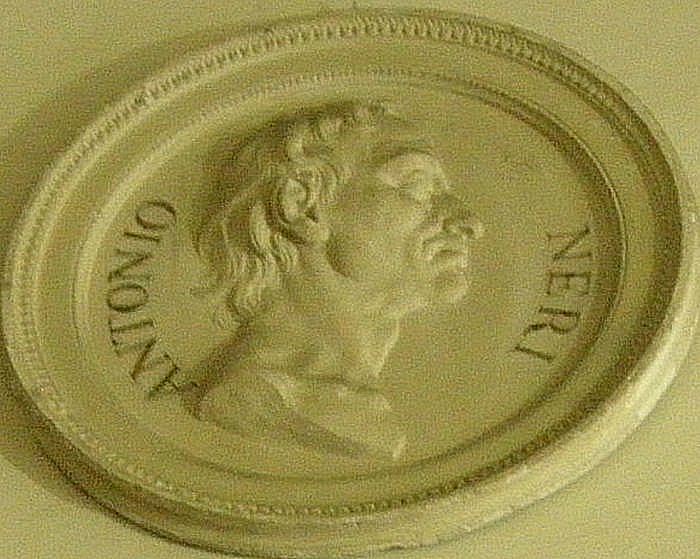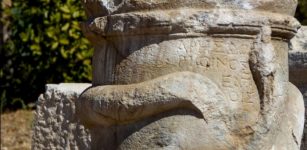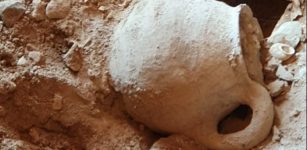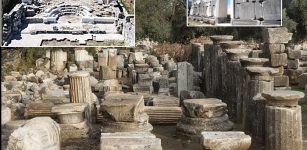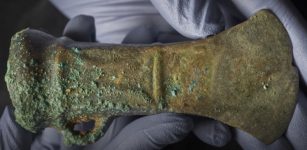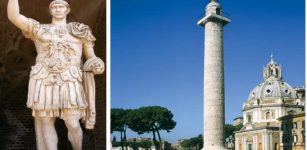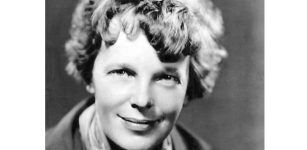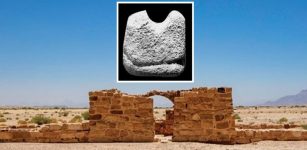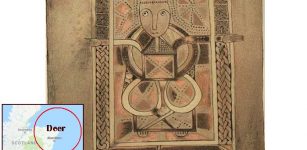On This Day In History: Antonio Neri Was Born in Florence, Italy – On Feb 29, 1838
AncientPages.com - On February 29, 1576 - Antonio Neri , a Florentine priest, was born in Florence, Italy.
Specola, medallion by Antonio Neri. Image credit: sailko - CC BY 2.5
This book holds the distinction of being the first comprehensive guide on the intricate process of glassmaking.
Neri's father was a doctor by profession. In 1601, Neri decided to join the priesthood. Following this, he became part of Alamanno Bertolini's family circle, where he had the opportunity to meet the renowned chemist Sir Emmanuel Ximenes, who introduced Neri to the fundamentals of glassmaking.
Bertolini was a Medici royal family member, and his Florence household was known as Casino di San Marco.
Copper engraving from Antonio Neri's "L'Arte Vetraria" dated (1612). Image credit: Antonio Neri - Public Domain
Before Neri's time, glassmaking was part of the field of alchemy, and Neri had a good background in alchemy. Through his efforts and those of glassmaking contemporaries of Neri, glassmaking began to evolve into a systematic scientific endeavor. An example is that Neri recognized that the red color in the red glass called "crocus martis" is due to oxidized iron.
Neri traveled in Italy, Antwerp, and Holland. Much of his time in Antwerp was spent with chemist Sir Emmanuel Ximenes from whom Neri learned much of the basic chemistry of glassmaking.
Between 1598 and 1600, Neri published his first compilation on glassmaking.
Today, his great book is highly recognized as the first printed book devoted to the subject of refining raw materials and combining them into a range of glasses and a beautiful rainbow of colors.
The book is now widely recognized as the go-to guide for glassmakers all over Europe.
AncientPages.com
Expand for references
